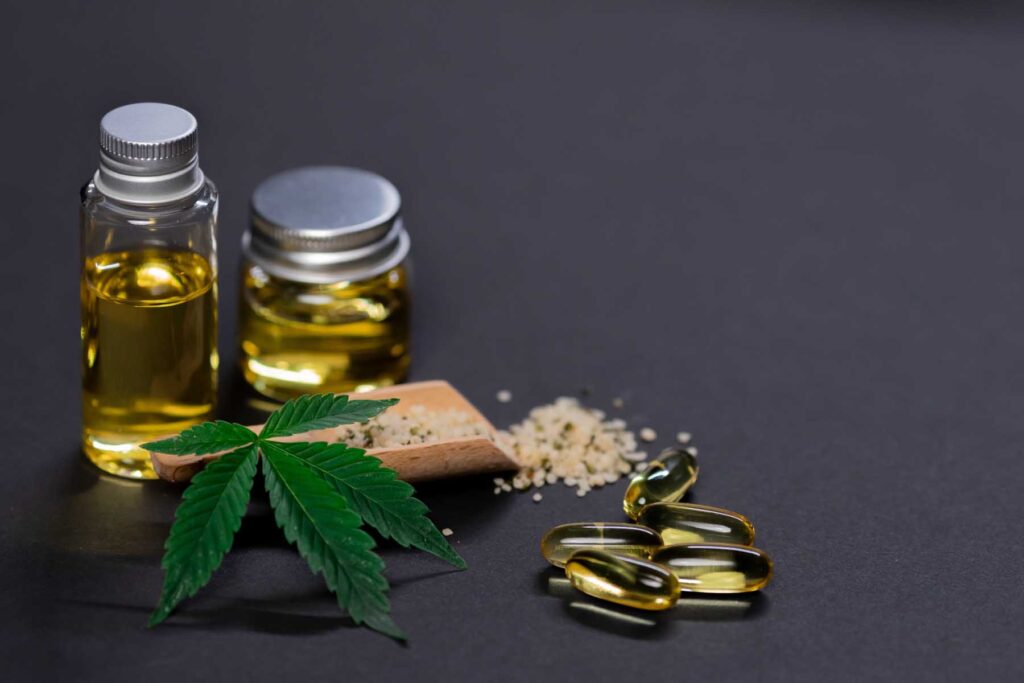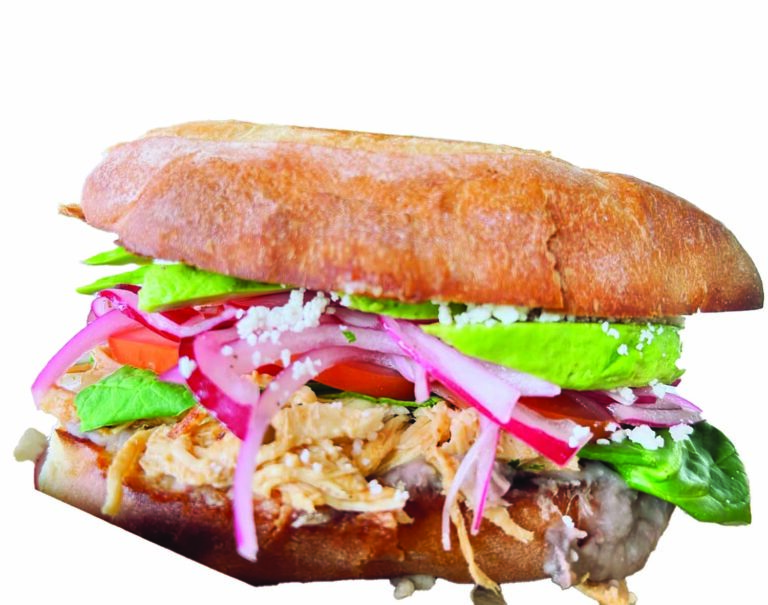The marijuana industry in Colorado isn’t what it was a decade ago.
The days of soaring sales and dispensaries opening every week after legalization took effect have ended. Instead, fears of business closures, mass layoffs and declining tax revenue are the norm.
Various factors have been cited, led by an oversupply of products and a sudden drop in demand.
Recreational and medical marijuana sales for October dropped sharply, continuing a year-long trend. Figures released on Dec. 13 by the Colorado Department of Revenue showed $142 million in marijuana sales that month, the most recent data. That’s a 19.5 percent decline from October 2021.
The state collected $24.5 million in marijuana tax revenue in November, compared to $32.9 million in November 2021, a 25.5 percent decrease.
The drop in sales is reportedly causing layoffs at marijuana-related businesses, according to the Marijuana Industry Group.
The group’s website noted that along with state and local taxes and fees, marijuana businesses pay an effective federal excise tax rate of about 70 percent, compared to about 26 percent for other businesses.
The group cited a 19 percent sales decrease for September, a 14 percent year-over-year decrease in recreational sales and a 42 percent drop in medical sales.
Those declines mean Colorado will collect $100 million less in marijuana tax revenue for 2022. That revenue helps pay for several public programs that will likely have to reduce their services.
Public programs that receive marijuana tax money include school capital construction, affordable housing, violence prevention, small business investment, public safety, mental health and substance abuse treatment.
How revenue is generated
The state Marijuana Enforcement Division’s website explained state marijuana tax revenue comes from a 2.9 percent sales tax, a 15 percent retail marijuana sales tax and a 15 percent excise tax on wholesale sales and transfers of retail marijuana. Revenue also comes from marijuana licenses and application fees. Companies also pay local taxes and fees where they operate.
More numbers: Statewide through September, just under $1.5 billion in sales had been made and more than $13 trillion since 2014.
Jefferson County listed $764,507 in medical sales and $6.1 million in retail marijuana sales in the state’s October report.
In November, the county’s medical marijuana businesses paid more than $19,000 in sales tax and over $800,000 in retail marijuana taxes.
Wheat Ridge spokeswoman Amanda Harrison wrote in an email that the city — with five licensed marijuana businesses — saw its industry-related tax revenue increase when the COVID-19 pandemic began in 2020.
“This year we have seen a decrease, but it actually remains up from pre-COVID numbers,” she noted.
The city’s marijuana sales tax revenues for November 2022 compared to the same time in 2021 dropped 20 percent from $781,000 to $623,000. Likewise, the city’s state excise tax distribution for the same period was down 14 percent, from $310,000 to $267,000.
Too much product = low prices & less revenues
David Michel is a partner in the IgadI chain of marijuana growing and dispensary locations across Colorado. He has an office in Wheat Ridge and said after about 10 years of solid and rapid growth, the industry is now looking at a $400 million drop in revenue.
As demand softened while the industry had an oversupply, wholesalers dropped their prices to try to eliminate product, Michel added. That forced retail prices down.
Alexandre Padilla, a Metropolitan State University Denver professor and chair of economics, said several factors contributed to the industry’s downturn:
• Marijuana is selling at its lowest point since Colorado voters legalized it in 2012;
• Supply skyrocketed due to initial popularity and a push for profits; and
• The highest U.S. inflation rate in about 40 years, the COVID-19 pandemic and resulting economic changes were other factors.
“The prices of housing, food and energy spiked due to inflation and people started losing jobs,” Padilla added. “So they started looking at what choices they could make and buying less marijuana is one when it comes to paying the rent or mortgage or eating.”
Michel noted recent changes in state law that limited medical marijuana purchases of edibles and concentrates that can be bought at one time also decreased sales.
Padilla said some marijuana users, especially medical consumers, might have turned to black market sources.
“I don’t think it’s so much the highly regulated industry and high tax rates, I think it’s more a case of too much marijuana on the market,” he added.
Michel listed many of the same contributing factors as Padilla. Another was a drop in what is called marijuana tourism.
“We used to have 12 percent to 13 percent of our business come from people outside Colorado traveling here,” he said. “More and more states have legalized it, so they don’t come here anymore. It’s not the novelty it was.”
Changes could help recovery
Padilla said higher personal incomes and a lower inflation rate would help the industry start to recover. If many growers and suppliers close their doors, that could reduce supply enough to increase prices.
Michel said an easing of federal excise taxes and more employers hiring marijuana consumers would be other helpful steps. Changes should also be made in worker’s compensation insurance and mandatory drug testing, he added.
Not all jurisdictions in the state allow the sale of marijuana, which limits the market, Michel said. The state should allow the import and export of marijuana products across state lines.
“The market here is a virtual island so we’re subject to local market factors,” Michel explained. “Colorado’s small, defined market makes it tricky. You get micro-economies.”
Sidebar
School Capital Construction Needs Helped By Marijuana Tax Revenue
One program that receives some of its money from the marijuana industry is the Colorado Department of Education’s Building Excellent Schools Today, or BEST, program.
Since 2008, BEST has awarded approximately $2.5 billion in grants to more than 525 Colorado schools, according to the department website. Money comes from the Colorado State Land Board, Colorado Lottery, marijuana excise tax and local matching dollars.
The industry has provided over $320 million to BEST, about 25 percent of the program’s budget.
Tim Reed, executive director of facilities construction management for the Jefferson County School District, said the district received two BEST grants.
One, was in 2010, before the state started receiving marijuana tax money. It helped connect four schools in the Conifer area to a wastewater management system, Reed said.
The second grant was in 2020, $2 million for a district-wide technology upgrade project.
“It allowed us to make fiber optic connections to all our Front Range schools and not have to rely on companies like Comcast,” Reed said.
A third BEST grant application was declined, he added.
Reed also said larger districts like Jeffco have to include larger matching amounts than smaller districts to get BEST money.
“It was really set up to help the smaller districts,” he stated. “Charter schools benefit, too.”






